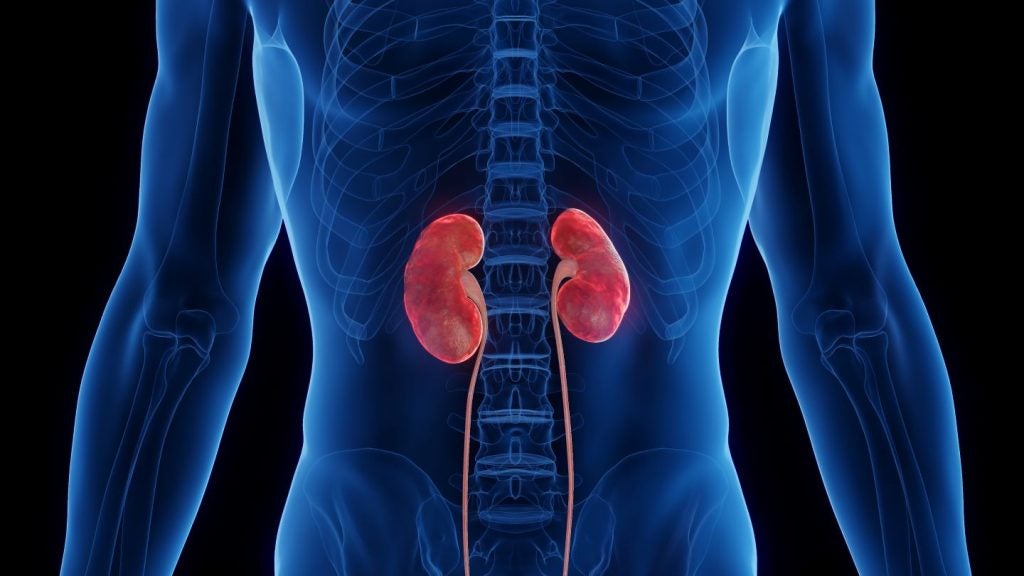Alnylam Pharmaceuticals has completed enrolment in a Phase 1 trial and commenced a Phase 2 trial of ALN-TTR02, an RNAi therapeutic targeting transthyretin (TTR) for the treatment of TTR-mediated amyloidosis (ATTR).
The Phase 2 trial, an open-label, multicentre, multi-dose, dose-escalation trial, will evaluate the clinical activity, safety and tolerability of multiple once-monthly doses of ALN-TTR02 in ATTR patients.
Alnylam senior vice president and chief medical officer, Akshay Vaishnaw, said that with dosing completed in the Phase 1 study, the company is on track to report results early in the third quarter of 2012.
"Our Phase 2 study is now underway and will evaluate a once-monthly multi-dose regimen in ATTR patients," Vaishnaw added.
"We look forward to continuing to share clinical data from our ALN-TTR02 programme, and, assuming positive results in the current Phase 2 study, we plan to advance to a pivotal trial in 2013."
See Also:
The subjects will be enrolled into cohorts of increasing doses and will receive the drug once every four weeks for two cycles in the Phase 2 trial.
How well do you really know your competitors?
Access the most comprehensive Company Profiles on the market, powered by GlobalData. Save hours of research. Gain competitive edge.

Thank you!
Your download email will arrive shortly
Not ready to buy yet? Download a free sample
We are confident about the unique quality of our Company Profiles. However, we want you to make the most beneficial decision for your business, so we offer a free sample that you can download by submitting the below form
By GlobalDataThe clinical activity of ALN-TTR02 will be evaluated based on measurement of serum levels of TTR, the disease-causing protein in patients with ATTR.
ALN-TTR02 uses the company’s second-generation lipid nanoparticle (LNP) delivery technology, using the MC3 lipid.
Assuming positive results from the Phase 2 study, Alnylam expects to start a pivotal trial for ALN-TTR02 in 2013.
The company also plans to advance ALN-TTRsc, which uses a GalNAc-conjugate delivery approach and subcutaneous dose administration.






